
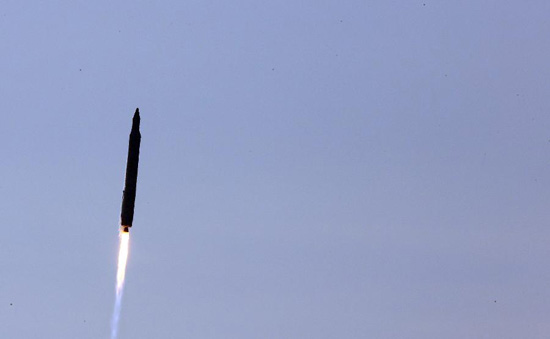 |
| The Korea Space Launch Vehicle-1 (KSVL-1), also known as Naro, blasts off from the Naro Space Center, located 480 kilometers south of Seoul, Jan. 30, 2013. South Korea successfully launched a space rocket in its third attempt to put a satellite into space on Wednesday. (Xinhua/YONHAP) |
Key Words: South Korea; Naro; Naro Space Center; Naro space rocket;Peninsula;
Related Reading:
>> In Pictures: S. Korea launches Naro space rocket
>> South Korea launches Naro space rocket
South Korea's first space rocket Korean Space Launch Vehicle (KSLV-1), also known as Naro, successfully lifted off at Naro Space Center in South Korea on Jan. 30, 2013. Yonhap said South Korea plans to complete the independent research and development of Korean three-stage rocket in 2018–2019.
Backstage considerations
KSLV-1 was launched twice previously and both ended up with failure. The two launching plans last year were also cancelled because of technical fault. The launch on Jan. 30 was "one last shot" which finally succeeded.
Cui Zhiying, director of Korean Peninsula Research Office of the Asia-Pacific Research Center of Tongji University said that pertaining to foreign affairs, the launch of KSLV-1 was stimulated by the launch of Unha-3 rocket by the DPRK, but at the same time gave the latter an excuse to maintain the justification for its launching.
Internally, Pang Zhihao, space expert, executive editor of the International Space magazine said the launch of KSLV-1 has also brought about a lot of gains to South Korea. In politics, it is helpful to improve its international status and national cohesion; economically, KSLV-1 is alleged to have brought South Korea 2 trillion won of output. Finally, it laid an important foundation for the development of medium-range missiles since the rocket technology to launch a satellite can be transformed into ballistic missile technology.
Possible influences
Pang Zhihao said South Korea's rocket technology is still at primary level and does not pose a threat to other countries. It mainly influences the DPRK but may give rise to a competition situation on the peninsula.
Gong Keyu, deputy director of Asia-Pacific Research Center of Shanghai Institute of International Studies said the DPRK may protest against the launch of KSLV-1 but in fact, the rocket technology of South Korean still lags behind that of the DPRK. Shortly after the sanction of the United Nations against the DPRK's launch of Kwangmyongsong-3, the launch of KSLV-1 by South Korea naturally leads to the question: why is South Korea allowed to do it, but not the DPRK? This may lead to the alternating upgrade of the situation on the peninsula.
According to some other analysis, the lift of KSLV-1 may be regarded as a new round of provocation by the DPRK, who might even be so angered as to accelerate the process of its third nuclear test.
Read the Chinese version: 韩国“罗老”号升空,半岛局势更混沌, source: Jiefang Daily, author: Wang Shaozhe, Zhang Quan
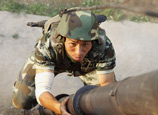
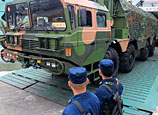
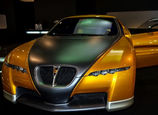

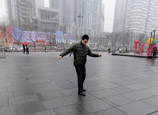



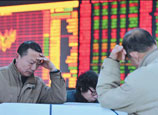
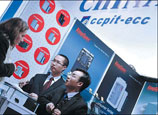






 A Taiwan student's adventure in Beijing
A Taiwan student's adventure in Beijing


![]()
